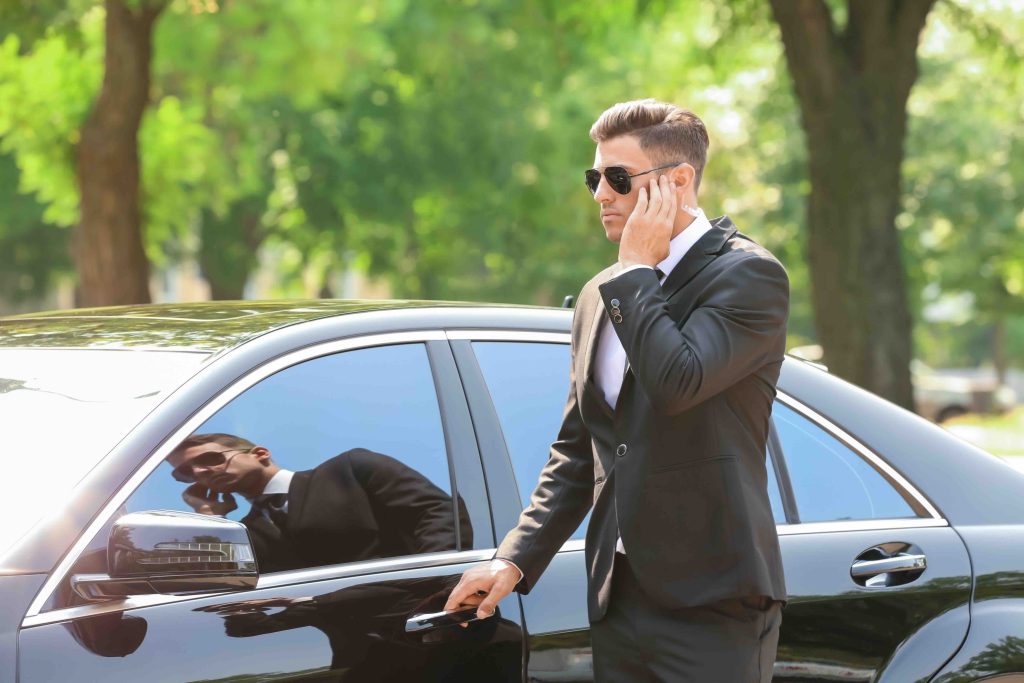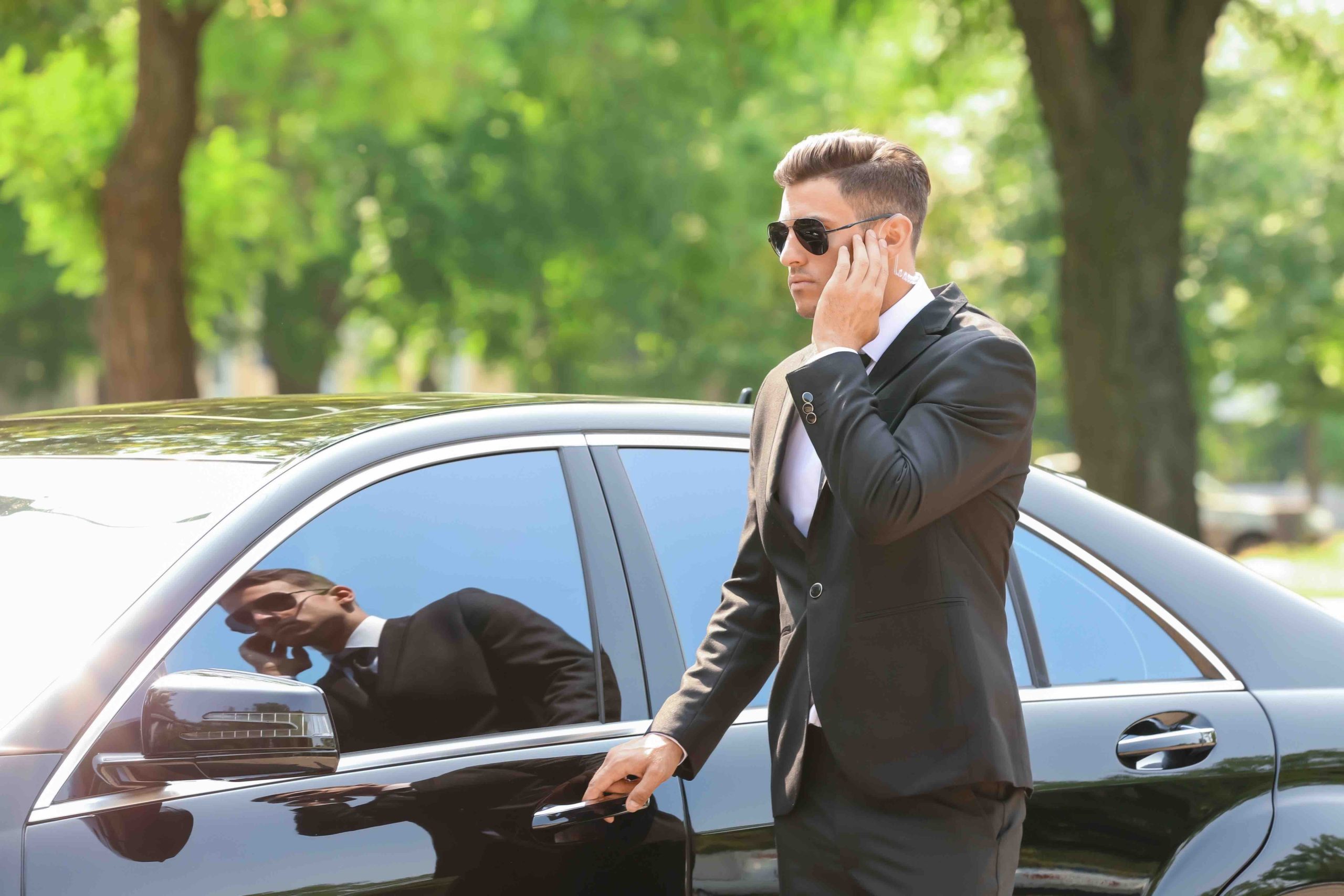Personal Protection, Executive Protection, and Bodyguard Services
Personal protection, executive protection, and bodyguard are terms that are often used interchangeably to describe the same profession. However, while these roles have some similarities, significant differences set them apart. This article will explore the key differences and similarities between personal protection, executive protection, and bodyguard services.
Personal Protection
Personal protection, also known as close protection or VIP protection, involves providing security and protection to an individual or group of individuals in their daily lives. This could include high-net-worth individuals, celebrities, politicians, or anyone else who may be at risk of physical harm or harassment.
The primary goal of personal protection is to prevent harm to the client and to ensure their safety and well-being at all times. This may involve providing a physical presence and acting as a deterrent to potential threats, as well as using intelligence and surveillance to identify and mitigate potential risks before they become a problem.
Personal protection professionals may also be responsible for providing logistical support, such as coordinating transportation and ensuring that the client is able to move safely and efficiently from one location to another. In some cases, personal protection may also involve providing emergency medical services, such as administering first aid or transporting the client to a hospital in the event of an injury or illness.
Executive Protection
Executive protection is a specialized form of personal protection that focuses specifically on providing security and protection to corporate executives and other high-level individuals within an organization. The goal of executive protection is to ensure the safety and well-being of these individuals, as well as to protect their reputation and minimize any potential risks to the organization.
In addition to providing physical protection, executive protection professionals may also be responsible for providing logistical support and coordinating travel arrangements for their clients. They may also conduct threat assessments and develop security plans to minimize potential risks to the client or organization.
One of the key differences between personal protection and executive protection is the required level of training and experience. While personal protection professionals may be trained in basic security techniques and may have some experience in the field, executive protection professionals typically undergo extensive training and have a significant amount of experience working with high-level executives and other VIPs.
Bodyguard
A bodyguard is a type of personal protection professional who is specifically tasked with providing physical protection to an individual or group of individuals. The primary goal of a bodyguard is to prevent physical harm to the client by acting as a deterrent to potential threats and using physical force if necessary to protect the client from harm.
Bodyguards may be hired by anyone who feels that they are at risk of physical harm, including celebrities, politicians, and high-net-worth individuals. They may also be hired by private individuals who are concerned about their safety and security.
One of the key differences between bodyguards and other forms of personal protection is the focus on physical protection. While personal protection and executive protection may involve a broader range of services, including logistical support and threat assessments, the primary focus of a bodyguard is to provide physical protection to the client at all times.
Similarities between Personal Protection, Executive Protection, and Bodyguard
While there are significant differences between personal protection, executive protection, and bodyguard services, there are also some similarities between these roles. For example, all three professions involve providing security and protection to individuals who may be at risk of physical harm or harassment.
Additionally, all three professions may involve using a variety of techniques to ensure the safety and well-being of the client, including physical presence, intelligence gathering, and threat assessments. They may also involve coordinating travel arrangements and providing logistical support to the client.
Another similarity between these roles is the importance of effective communication and interpersonal skills. Personal protection professionals, executive protection professionals, and bodyguards must all be able to communicate effectively with their clients, as well as with other members of their team, in order to ensure the success of their protective measures. This involves not only verbal communication but also non-verbal cues such as body language and tone of voice. They must also be able to remain calm and level-headed under pressure and adapt quickly to changing situations.
Another similarity is the need for discretion and confidentiality. Personal protection, executive protection, and bodyguard services often involve working with high-profile individuals who require privacy and confidentiality. Professionals in these roles must maintain strict confidentiality regarding their clients’ personal and professional lives and must be able to handle sensitive information appropriately.
Finally, all three require a high level of physical fitness and training. Professionals in these roles must be able to respond quickly and effectively to potential threats, and physical fitness is essential for this. They must also undergo rigorous training in areas such as self-defense, firearms handling, and emergency first aid.


